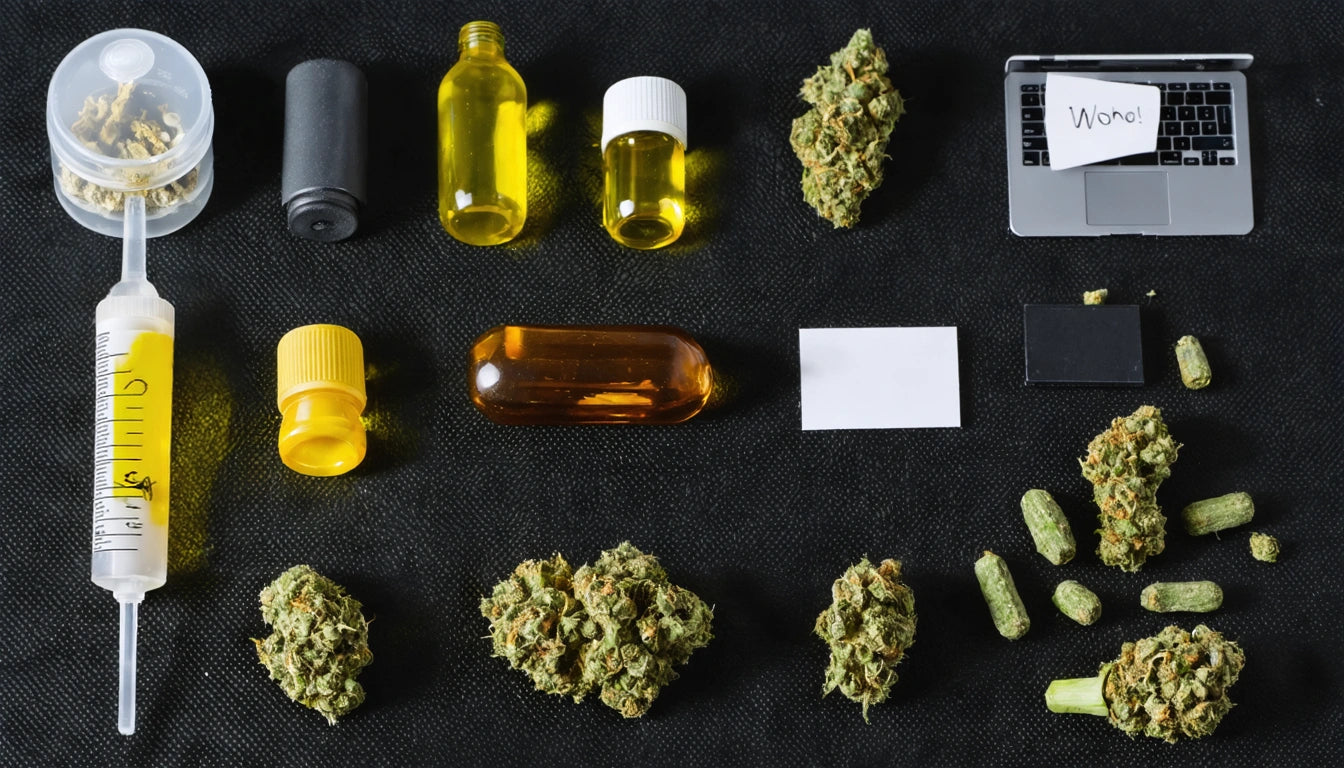Table of Contents
- Direct Marijuana Deaths: Examining the Evidence
- Indirect Marijuana-Related Deaths: Contributing Factors
- Comparing Marijuana Mortality to Other Substances
- Common Misconceptions About Marijuana Mortality
- Safety Considerations for Marijuana Consumers
- Future Research Needs and Public Health Implications
Annual Deaths Attributed to Marijuana Use: A Closer Look
The question of how many people die from weed each year continues to be a topic of significant interest as cannabis legalization expands across the United States and globally. Understanding the actual mortality risk associated with marijuana use requires examining both direct and indirect causes, as well as comparing these figures with other commonly used substances.
Direct Marijuana Deaths: Examining the Evidence
When examining how many people die from smoking weed directly, the scientific consensus presents a clear picture. According to research on cannabis-related mortality, there have been no documented cases of death resulting solely from marijuana toxicity in otherwise healthy adults.
The primary reason for this is marijuana's mechanism of action in the body. Unlike opioids, which can suppress respiratory function, or alcohol, which can cause toxic poisoning, cannabis receptors are not located in the brainstem areas that control breathing. This makes a fatal overdose from cannabis alone virtually impossible.
To put this in perspective, researchers estimate that a lethal dose would require consuming approximately 1,500 pounds of marijuana within 15 minutes, a physically impossible feat. Our analysis of cannabis overdose potential confirms this extremely high safety margin.
Indirect Marijuana-Related Deaths: Contributing Factors
While direct deaths from marijuana are essentially non-existent, indirect deaths where marijuana may be a contributing factor do occur. These primarily fall into several categories:
- Vehicle accidents involving drivers impaired by marijuana
- Accidents or injuries occurring while under the influence
- Exacerbation of pre-existing cardiovascular conditions
- Incidents involving contaminated or adulterated cannabis products
When considering how many people die of weed each year in these indirect scenarios, the data becomes more complex. For instance, traffic fatalities where THC is detected in a driver's system don't necessarily prove causation, as THC can remain detectable for days or weeks after use.
Our precision cannabis filling equipment solutions help producers maintain consistent dosing and prevent contamination issues that could potentially lead to adverse events, addressing one aspect of these indirect risks.
Comparing Marijuana Mortality to Other Substances
Annual Mortality Comparisons
To understand the relative risk of marijuana, it's helpful to compare how many people die from weed a year with statistics from other substances:
- Tobacco: Approximately 480,000 deaths annually in the US
- Alcohol: About 95,000 deaths annually in the US
- Prescription opioids: Nearly 16,000 deaths annually in the US
- Marijuana: No confirmed deaths from marijuana toxicity alone
Comparative mortality data consistently shows cannabis to have a substantially lower risk profile than legal substances like alcohol and tobacco.
Common Misconceptions About Marijuana Mortality
Several misconceptions persist regarding how many people die of weed a year:
Myth: Marijuana Overdoses Are Common
Reality: There are no documented cases of fatal overdoses from marijuana alone. When examining how many people die from weed every year due to overdose, the number remains at zero.
Myth: Marijuana Is As Dangerous As Other Drugs
Reality: Research on marijuana-related deaths shows it has a significantly lower risk profile than most other recreational and many prescription drugs.
Safety Considerations for Marijuana Consumers
While the data on how many people die each year from weed indicates low direct mortality risk, responsible use remains important:
- Avoid driving or operating heavy machinery while under the influence
- Be aware of potential drug interactions with medications
- Consider underlying health conditions, particularly cardiovascular issues
- Purchase products from licensed dispensaries to avoid contaminants
- Start with low doses, especially with edibles, to prevent adverse reactions
According to usage pattern research, most adverse events occur with inexperienced users or those consuming high-potency products without proper education.
Future Research Needs and Public Health Implications
As cannabis legalization continues to expand, better data collection on how many people a year die from weed in both direct and indirect scenarios is essential. Current research limitations include:
- Inconsistent testing protocols across jurisdictions
- Lack of standardized reporting for cannabis involvement in accidents
- Limited long-term studies on health impacts
- Challenges in determining impairment levels
Public health approaches should focus on education, harm reduction, and responsible use guidelines rather than prohibition, given the relatively low mortality risk compared to legal substances like alcohol and tobacco.
The question of how many people die from weed remains important for developing evidence-based policies. While direct fatalities are virtually non-existent, continued research into indirect risks and vulnerable populations will help ensure that as cannabis becomes more widely available, public health considerations remain at the forefront.











Leave a comment
All comments are moderated before being published.
This site is protected by hCaptcha and the hCaptcha Privacy Policy and Terms of Service apply.